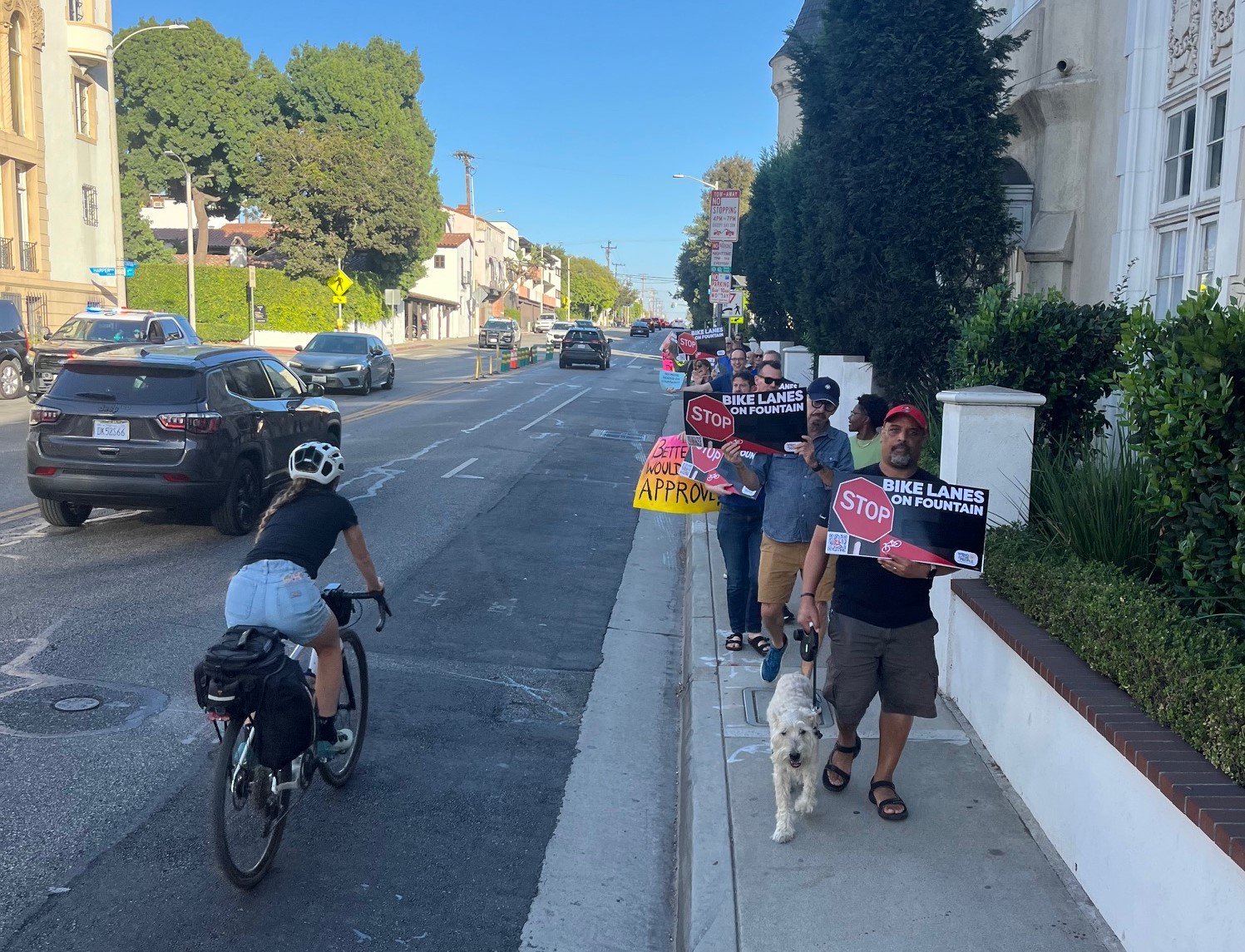Los Angeles County already suffers from some of the worst air pollution in the United States. Expanding our highways will only make matters worse. Yet Metro and Caltrans are still moving forward with plans to expand highways across LA, in a fruitless effort to “relieve congestion” once and for all.
The communities along the 605, 60, 10, and 5 freeways are among the most pollution-burdened in California. Every day, residents of Monterey Park, Alhambra, Avocado Heights, Montebello, Baldwin Park, Bassett, and Boyle Heights breathe some of the most polluted air in the nation. Widening these highways will encourage more vehicle trips, exposing already disadvantaged, environmental justice communities to even more pollution, with lifelong health impacts.
The transportation sector is currently responsible for over half of all greenhouse gas emissions in California. While electrification will help reduce vehicle emissions, heavier EVs still emit brake and tire dust, other dangerous forms of air pollution. According to the CA Air Resources Board’s 2017 Scoping Plan, we will neither reach our air quality nor our climate goals unless we reduce how much we drive. Seven years later we have yet to align our transportation spending with science.
Metro and Caltrans can save hundreds of millions of dollars in construction and future maintenance costs by utilizing the existing highway footprint for new carpool or tolled lanes. Savings can then be used to repair existing lanes and fund long-overdue projects to facilitate regional, multi-modal transit in the region, such as:
- Electrifying our regional rail system - Metrolink - to provide faster, more comfortable service.
- Completing the San Jose Creek Greenway to create a dedicated 15-mile path from Claremont to El Monte, where it would meet with the 35-mile San Gabriel River trail.
- Developing regional Bus Rapid Transit routes such as the proposed Hill-to-Sea line.
After more than half a century of discriminatory and dangerous highway expansions, the Metro Board of Directors and Caltrans leadership must choose a healthier, more multi-modal future for all of us. A future where rates of childhood asthma, obesity, and cancer – life-changing illnesses associated with exposure to air pollution – are finally on the decline.
Given everything we know now, more pollution, displacement, and destruction cannot still be an option. As L.A. prepares to host what’s touted as the greenest Olympic Games yet, the Metro Board should turn the page on this history of misguided, myopic, and auto-centric transportation planning. Over the last five years, the Metro Board has done just that as it relates to expanding the 710 North and South. They can and must choose a new direction for the entire region, once and for all. Now is the time.
Twenty years ago, cities across the county successfully tackled the number one cause of premature death in the state: tobacco use. Californians now take smoke-free restaurants, bars, and hotels for granted. Our smoke-free efforts are now emulated around the world. It just took evidence-based policy and some political leadership.
Today we’re faced with a tougher but no less preventable public health and safety threat, our addiction to heavily-polluting forms of transportation. Thankfully it’s a problem we have the power to solve. But first we need to stop digging. No more lanes.







